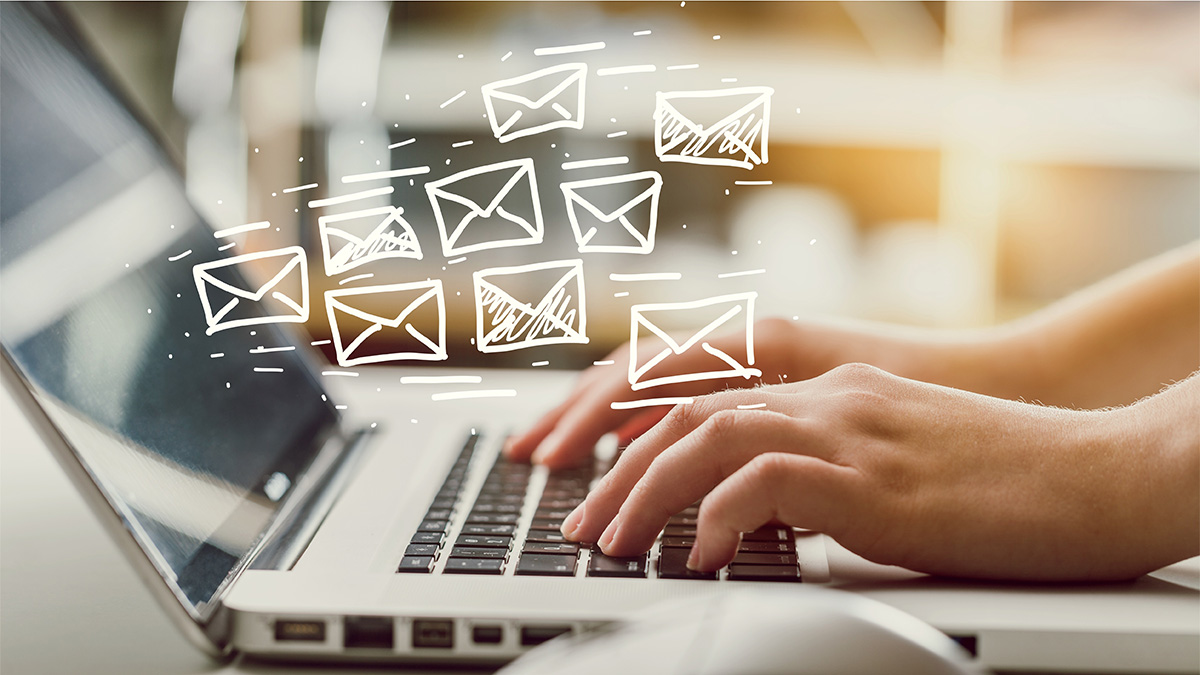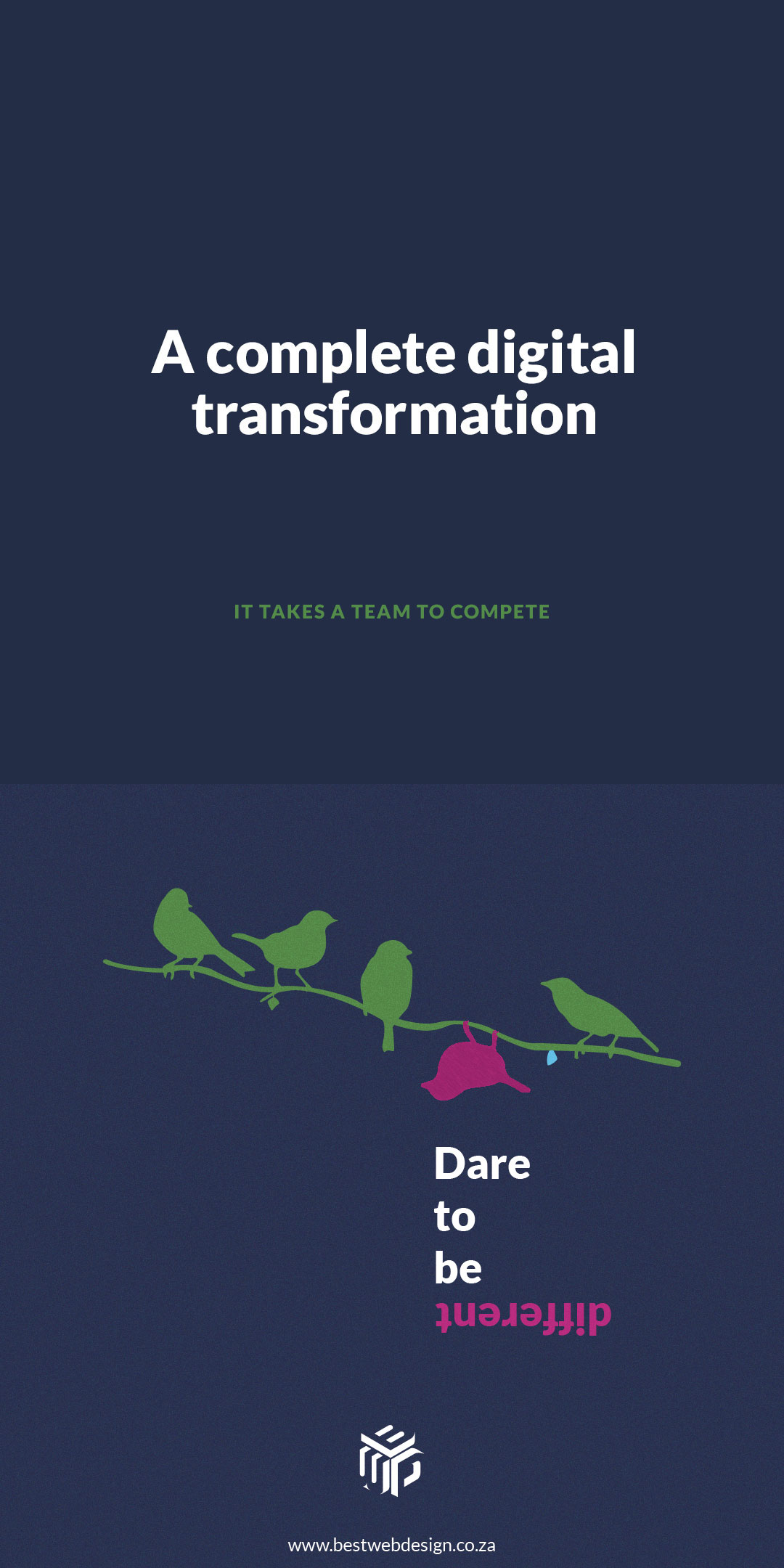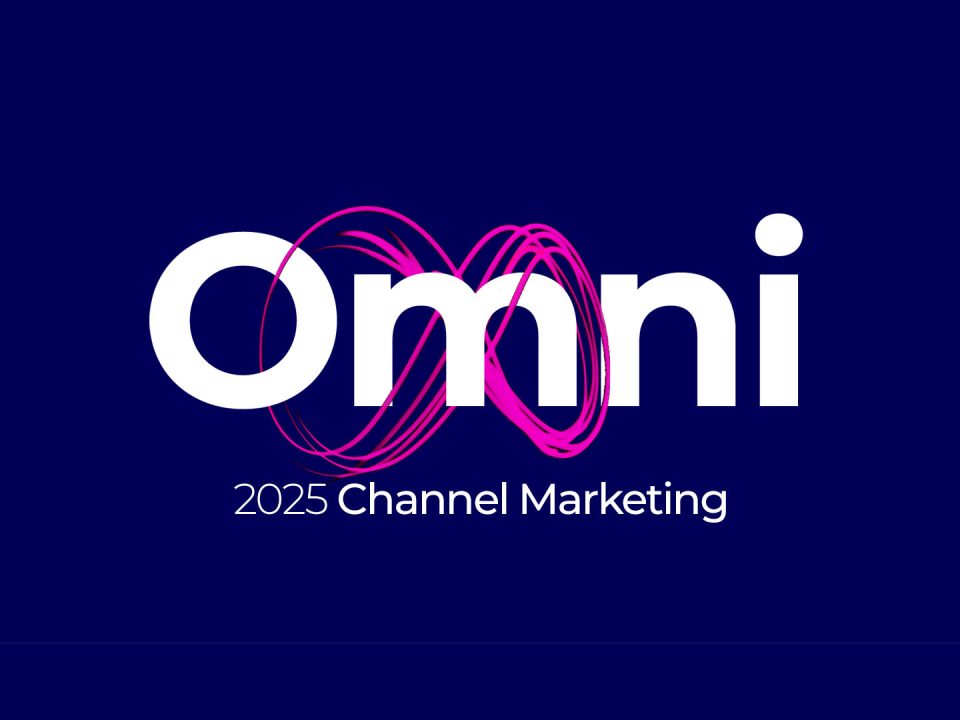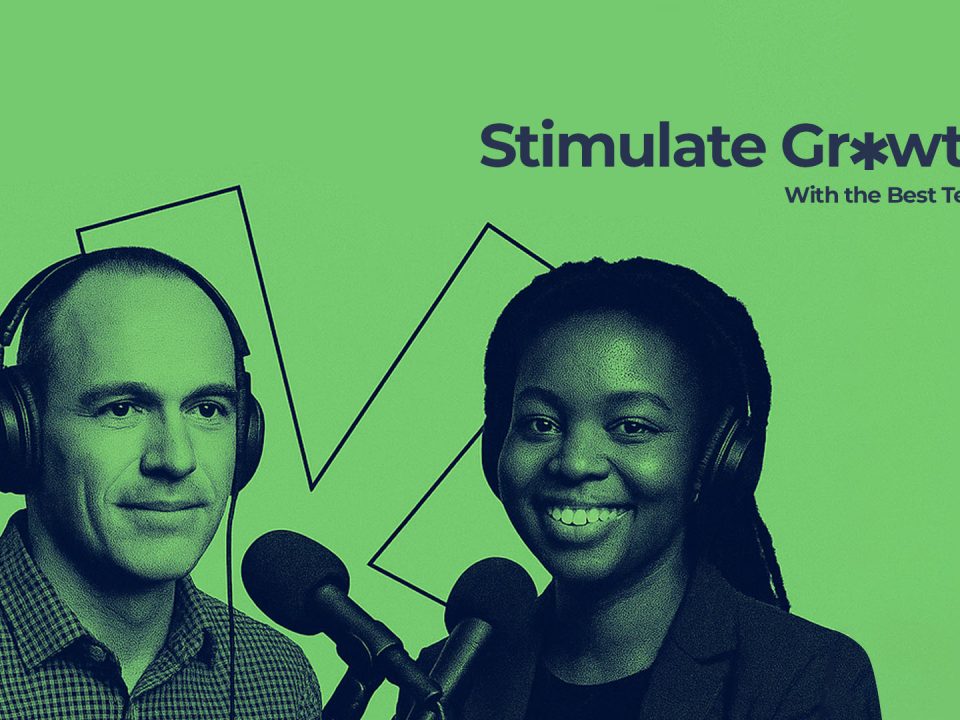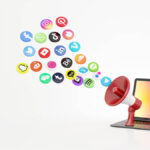
When is a good time to outsource my online marketing
September 7, 2023
Small Beginnings to Industry Giants in South Africa
April 23, 2024Home » News » Article » Online Marketing News »
Email marketing has been crucial to any successful digital marketing strategy for decades
However, email marketing has undergone many changes with the evolving digital landscape.
As we move further into the year, it's essential to stay up-to-date with the latest trends and techniques in email marketing. This article will cover various email marketing topics, including personalisation, automation, interactive content, mobile optimisation, segmentation, and storytelling.
By the end of this article, you will better understand how to leverage these techniques to improve your email marketing campaigns and drive better results.
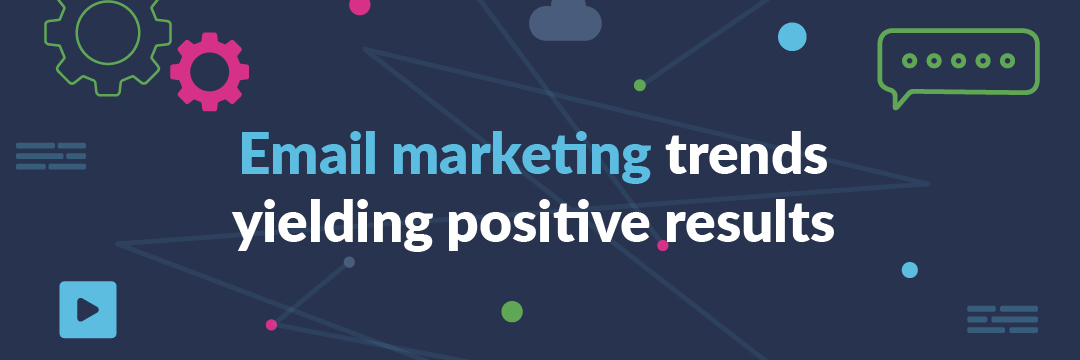
Several email marketing trends have been yielding positive results in recent times. Here are some of them:
-
Personalisation:
Personalised emails tailored to the recipient's interests and needs are more likely to be opened and engaged with. This includes using the recipient's name, past purchase history, and other data points to create targeted messages. -
Automation:
Automated email campaigns are becoming increasingly popular, allowing businesses to send personalised messages at scale. For example, welcome emails, abandoned cart emails, and post-purchase follow-ups can all be automated. -
Interactive Content:
Interactive content such as quizzes, surveys, and polls is becoming more popular in email marketing. They engage the reader and increase the chances of the email being shared or forwarded. -
Mobile Optimisation:
With most emails being opened on mobile devices, ensuring that emails are optimised for mobile is crucial. This includes using responsive design, clear calls-to-action, and concise messaging. -
Visual Storytelling:
Incorporating visuals such as images and videos into emails can help capture the reader's attention and increase engagement. Using visuals to tell a story can also help to create a more emotional connection with the recipient. -
Segmentation:
Segmentation involves dividing your email list into smaller groups based on demographics, behaviour, or interests. This lets you send more targeted messages relevant to each group, increasing engagement and conversion rates.
Overall, these trends can help businesses to create more engaging and effective email marketing campaigns that deliver results.
A foolproof guide: How to create better personalisation with your email campaigns
By tailoring your emails to the interests and behaviours of your subscribers, you can increase engagement and build stronger relationships.
We'll explore seven foolproof tips to help you create better personalisation with your email campaigns, including collecting data, segmenting your list, using dynamic content, personalising subject lines, sending triggered emails, using personalisation tokens, and testing and optimising your approach.
-
Collect data:
Collect as much data as possible about your subscribers, including their names, location, interests, and past purchase history. You can do this through sign-up forms, surveys, and tracking tools. -
Segment your list:
Divide your email list into smaller groups based on demographics, behaviour, or interests. This will allow you to create more targeted messages relevant to each group. -
Use dynamic content:
Dynamic content allows you to create different versions of an email that will be shown based on the recipient's data. For example, you can show product recommendations based on the recipient's purchase history. -
Personalise subject lines:
Use the recipient's name or location in the subject line to grab their attention and make the email more personal. -
Send triggered emails:
Send triggered emails based on the recipient's behaviour, such as abandoned cart emails, post-purchase follow-ups, and re-engagement e-mails. -
Use personalisation tokens:
Use personalisation tokens to insert the recipient's name, location, or other data points into the email copy. -
Test and optimise:
Test different personalisation strategies to see what works best for your audience. This can include testing different subject lines, personalisation tokens, and dynamic content.
Following these steps, you can create more personalised email campaigns tailored to your subscribers’ interests and needs. This will help increase engagement, build trust, and drive more conversions.
The most popular automation triggers used in email marketing
This guide explores popular automation triggers to create better personalisation in email campaigns. From welcome emails to upsell/cross-sell emails, we'll cover strategies to help engage your audience and improve conversion rates.
-
Welcome Emails:
When a new subscriber joins your email list, a welcome email can be automatically triggered to introduce your brand and offer a discount or other incentive. -
Abandoned Cart Emails:
When a customer adds items to their cart but doesn't complete the purchase, an abandoned cart email can be automatically triggered to remind them of their items and offer a discount or free shipping to encourage them to complete the purchase. -
Post-Purchase Follow-up Emails:
After a customer makes a purchase, a post-purchase follow-up email can be automatically triggered to thank them for their purchase, offer related products or services, and request a review. -
Re-engagement Emails:
If a subscriber has not opened or clicked on your emails in a while, a re-engagement email can be automatically triggered to try to win them back with a special offer or incentive. -
Birthday or Anniversary Emails:
Sending a personalised email to a subscriber on their birthday or the anniversary of when they signed up for your email list can be a great way to show appreciation and build loyalty. -
Upsell/Cross-sell Emails:
Based on a customer's purchase history or browsing behaviour, upsell or cross-sell emails can be automatically triggered to suggest related products or services they may be interested in.
Overall, automation triggers can help businesses to create targeted and personalised email campaigns that are more likely to be opened, clicked on, and converted.

Which brands are known for their Interactive content?
Five successful brands that incorporate interactive content into their email campaigns to increase engagement and drive traffic. From BuzzFeed's quizzes to Sephora's personalised recommendations, learn how to create better personalisation in your email marketing.
-
BuzzFeed:
BuzzFeed is well-known for its quizzes, often shared widely on social media. They have also incorporated quizzes into their email marketing, which has helped to increase engagement and drive traffic to their website. -
The Skimm:
The Skimm is a newsletter summarising the day's news in a conversational tone. They have also started incorporating interactive content into their emails, such as polls and surveys, to increase engagement and gather feedback from their audience. -
Netflix:
Netflix has used interactive content in their email marketing to promote their shows and movies. For example, they sent out an email that allowed subscribers to take a quiz to find out which character from the show "Stranger Things" they are most like. -
Sephora:
Sephora has used interactive content in its email marketing to engage its customers and provide personalised recommendations. They have incorporated quizzes and surveys that help customers find products that match their preferences and needs. -
Litmus:
Litmus is an email marketing platform that has used interactive content in its email campaigns to showcase its product's capabilities. For example, they sent out an email that allowed subscribers to test their email's rendering across different devices.
Overall, these brands have used interactive content to make their emails more engaging and to provide value to their subscribers, which has helped to increase open rates, click-through rates, and overall engagement.
Five tips to ensure your emails are mobile-friendly
We know Email marketing is important for your business, but ensuring your emails are mobile-friendly is crucial. Here are five tips for creating mobile-friendly emails that are easy to read and navigate on smaller screens.
-
Use a responsive design:
Ensure that your emails are designed to adjust automatically to the screen size they are being viewed on. This ensures that your emails are easily read and navigated on mobile devices. -
Keep your subject lines short:
Most mobile devices only display the first few words of an email subject line, so make sure your subject lines are concise and to the point. -
Use a clear call to action:
Make it easy for your mobile users to take action by including a clear and prominent call-to-action button in your email. Ensure its large enough and easy to click on a mobile device. -
Use easy-to-read fonts:
Choose fonts that are easy to read on mobile devices. Avoid using small or decorative fonts that can be difficult to read on smaller screens. -
Optimise your images:
Large images can take a long time to load on mobile devices, which can lead to frustration for your users. Make sure your images are optimised for mobile, with smaller file sizes and resolutions suitable for smaller screens.
Following these tips, you can optimise mobile-friendly emails for most email users reading their emails on mobile devices.

A comprehensive guideline on using storytelling within your email marketing campaigns
A roadmap checklist for creating better conversion through storytelling in email campaigns. It covers essential elements like understanding your audience, choosing a compelling narrative, using visuals, including a clear call-to-action, testing and optimising, and being authentic to your brand's voice and values.
-
Know your audience:
Before crafting a story for your email, it's essential to understand your audience. Consider their pain points, interests, and preferences. This will help you create an a story that resonates with them and is more likely to engage them. -
Choose a compelling narrative:
Your story should be compelling and captivating. It should evoke emotions and connect with the reader on a personal level. Use storytelling techniques such as foreshadowing, suspense, and character development to create a compelling narrative. -
Keep it concise:
Your email should be concise and to the point. Avoid lengthy stories that may bore or overwhelm the reader. Keep it simple, short, and sweet. -
Use visuals:
Incorporate images, videos, and graphics to support your story. This can help to break up the text and make it more visually appealing. However, ensure that the visuals are relevant and add value to your story. -
Use a clear call to action:
Your story should have a clear call to action that encourages the reader to take action. This could be to make a purchase, sign up for a newsletter, or follow you on social media. Ensure that the call-to-action is clear, concise, and easy to follow. -
Test and optimise:
Test different stories and visuals to determine what resonates best with your audience. Use A/B testing to choose which emails have higher open and click-through rates. Use this data to optimise your future email campaigns. -
Be authentic:
Your story should be authentic and genuine to your brand's voice and values. Avoid creating stories that are overly promotional or gimmicky. Instead, focus on creating stories that connect with the reader emotionally and add value to their lives.
Overall, storytelling can be a powerful tool in your email marketing campaigns. Following these guidelines can create compelling stories that engage your audience and drive results.
What is the best process to follow when segmenting your target audiences?
Segmenting your email list is an effective way to increase the relevance and engagement of your email campaigns. Here's a process you can follow to segment your target audiences:
-
Identify Your Goals
Start by defining your business objectives and what you hope to achieve through email marketing. This will help you determine the types of segments that will be most relevant to your business. -
Collect Data:
Gather information about your subscribers, such as demographics (age, gender, location), interests, and behaviour (past purchases, website activity, email engagement). You can collect this information through sign-up forms, surveys, and other data-collection methods. -
Analyse Your Data:
Once you have collected data, use it to identify patterns and insights that can inform your segmentation strategy. Look for commonalities and differences among your subscribers that can help you group them into meaningful segments. -
Define Your Segments
Based on your analysis, define the segments most relevant to your business objectives. You can segment your list based on various criteria, such as demographic information, purchase history, engagement level, and interests. -
Create Targeted Messages:
Once you have defined your segments, create targeted messages relevant to each group. This might involve tailoring each segment's content, messaging, and offers. -
Test and Refine:
Test your email campaigns to see how your subscribers respond to your segmented messages. Monitor your results and use them to refine your segmentation strategy over time.
Remember, effective segmentation is an ongoing process. As you collect more data and gain more insights into your subscribers, you may need to refine your segments and adjust your messaging to keep up with their evolving needs and interests.
Email marketing is a powerful tool for businesses to connect with customers and drive sales. To make the most of your email campaigns, staying up-to-date with the latest trends and techniques is essential.
You can create engaging and effective email campaigns that resonate with your audience by implementing personalisation, automation, interactive content, mobile optimisation, segmentation, and storytelling. Use this article as a guide to stay ahead of the competition and maximise the potential of your email marketing campaigns.

